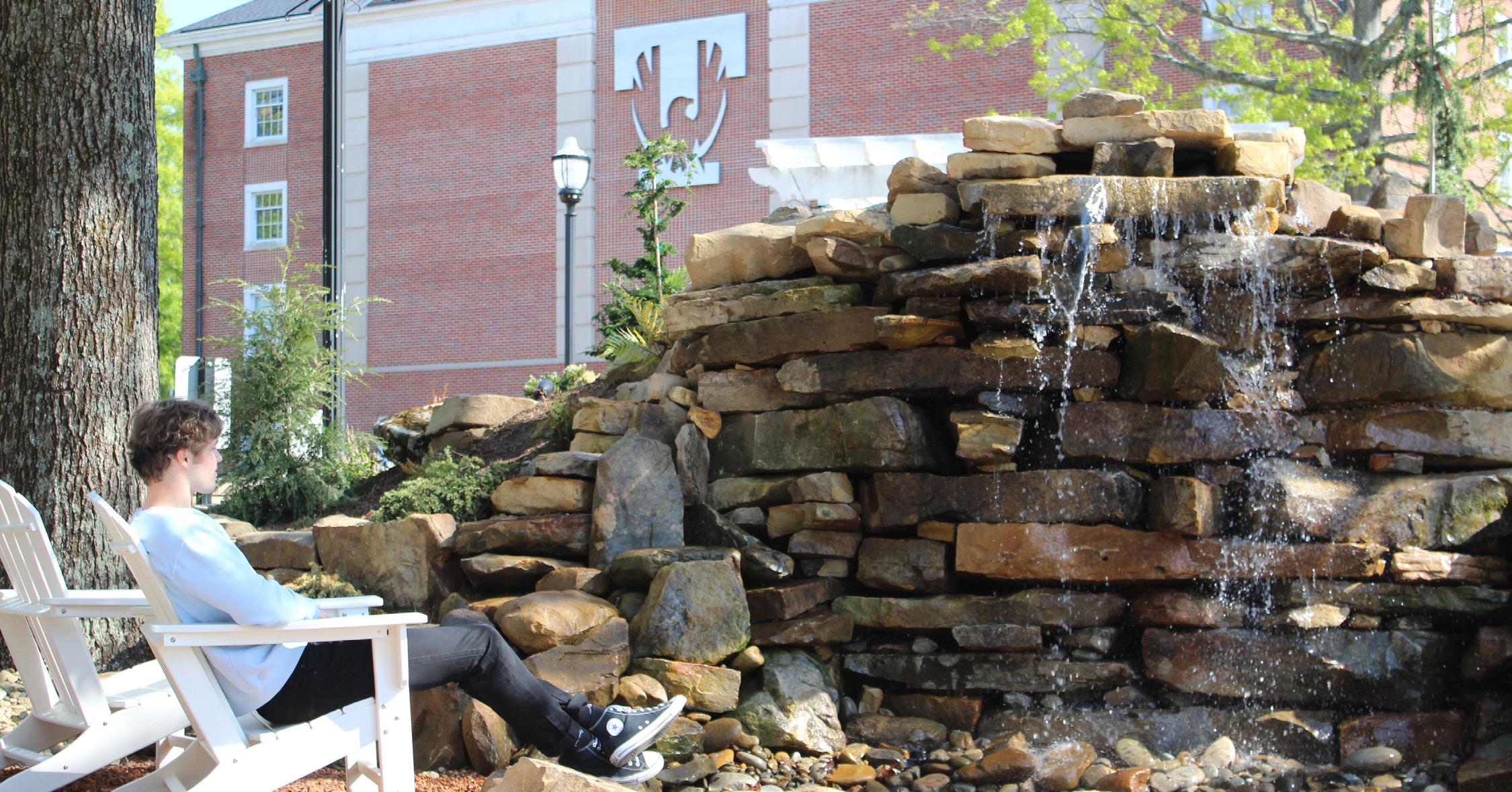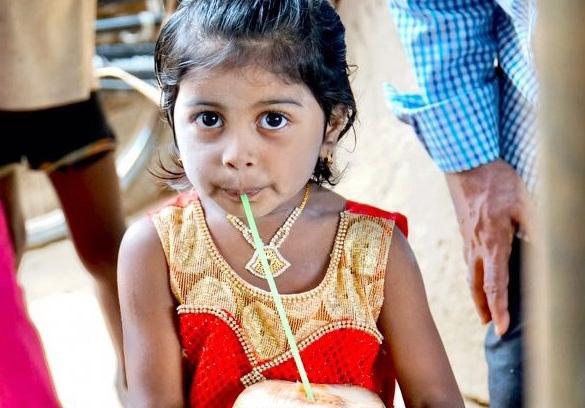
14 minute read
On a Mission: India
On a Misson: INDIA
Photos and story by LOGAN STALEY Design by KAYLA ANDERSON, AUSTIN DUNSTON AND DJ WORTHY
Advertisement
Have you ever been handed a baby and had your picture taken by a complete stranger, all because you were European American? If you ever travel to remote parts of India where they have never seen such a person, you can expect this to be a common experience. There are 1.53 billion people who live in the country of India. This is almost four times the population of the United States. When you want to travel to a people this far away you are going to want to invest in a trustworthy plane. A group of men and women with a desire to share the good news of the Gospel formed out of First Baptist Church and committed to traveling East. You leave the 34,000 person town of Cookeville, Tennessee, and head to the Nashville airport early in the morning and start your travel. Over 31 hours of travel chasing after the sun you begin to lose the concept of time. The mixed group of around 10 people left at 6 a.m., travelled over 31 hours by car and a few different planes and landed in a part of the world 11.5 hours ahead of Cookeville. The group packed into an unconditioned mini-bus and began to travel out into the country. With little sleep, your body feels that it is time for bed, but there are still eight hours of daylight left. You have to keep moving. The first location the team arrived at was a temple of several different Hindu gods. It was seated on the top of a mountain, so there were several flights of stairs to climb. When you arrived at the top you were motioned to remove your shoes before entering the temple. Located around the pavilion there were different carved idols kept behind bars. Inside each little cell, there were coins and incense burning before each of the little idols. “I wasn’t at home anymore. I was blown away by the amount of care these people have for their culture, that on every step there were hand-engraved accents and Hindi script,” a member of the group, Dylan Heath, said in reflection.
The group’s main objective in coming to India was not to sight-see, but to share the good news of Jesus with people who had never heard of him. Every day the team would get up, eat breakfast, and then join a local pastor from a surrounding village and then go share the gospel with villages the entire day. When walking from house to house you could see how little these people had. A great majority of the houses in this area were made out of big leaves from trees and sticks. They did not have much, but they were intrigued at the group of people coming to their village who looked unlike anyone they had seen before. At each house you would walk up to there would always be something offered to you. If they could afford it, they would offer you different types of Indian soda, and if not they would offer various fruits off nearby trees. They wanted to offer their best to their guests. “When I think of India, I think of some of the most gracious people that I have met in all the world. Despite having a lot less, they want to give and to serve each other and the foreigner whether it is with a fresh cup of tea, a mango off the tree, or a meal,” trip coordinator Alex Melton said. When you experience such a different culture you don’t have time to process all that is coming at you until you are removed from it. When the dust settles after you return from another 31 hours of travel and you are back in the States you begin to think about life. You begin to notice how much you have and what is truly necessary to live, and it was way less than you thought before. Things you used to consider necessary to daily life start to seem more luxurious to you than before. The coffee maker and smell of coffee in the morning becomes a great privilege. When you go to a country so vastly different you start to realize that America isn’t the only country out there. There are countries much larger and different than America. Time does pass and the reflections become weaker than when you first had them. You know India is still existing as it always has without you, but it almost feels like it doesn’t exist. It is almost as if the only reality that you have is the one that currently surrounds you.
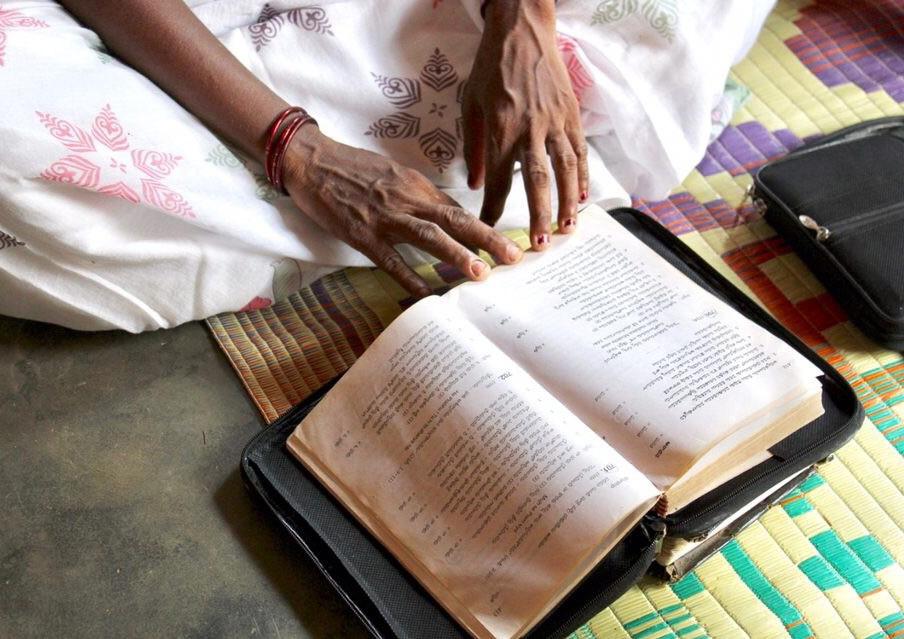
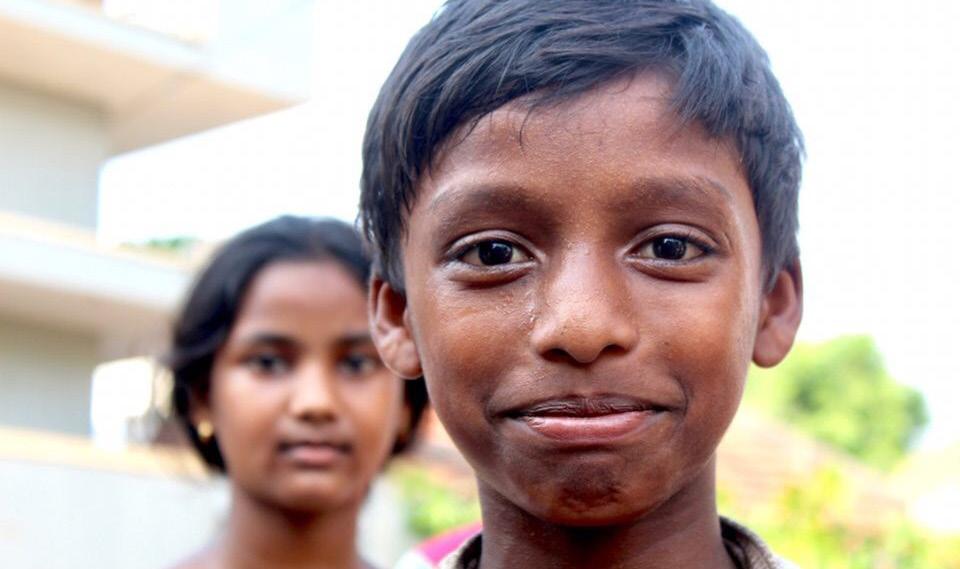
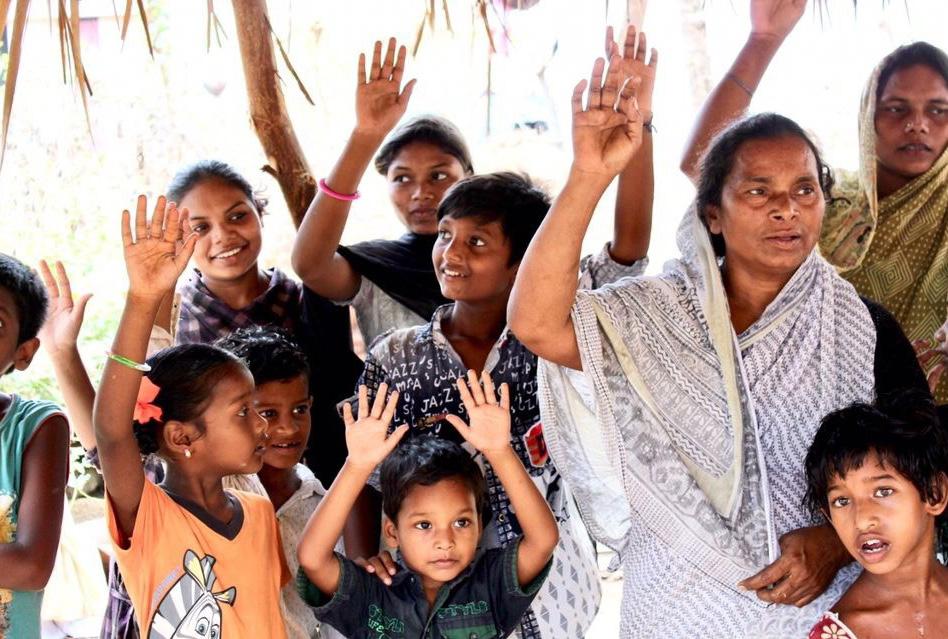
Millions Owe Trillion$
Story by VICTORY MURRAY | Design by JONAH STOUT | Photo by KAROLINA GRABOWSKA
As of 2019, there are currently more than 44 million Americans who have obtained debt through student loans. The monetary value of this debt is approaching $1.6 trillion.
According to the Pew Research Center, about one third of adults under age 30 have student loan debt. This means that for every three people you know under 30, at least one of them has accumulated some type of student loan.
There are many factors that have contributed to the high number of student loans. Some of these factors are an increase in college tuition prices, interest rates, a lack of state funding, ballooning student services, etc.
The simplest solution to solving the student debt crisis is to just pay the loans back, but if you include the factors mentioned above, the solution is not that straightforward.
Educationdata.org researched and found that student loan payments have an annual growth rate or interest rate of 6.6%.
Also, educationdata.org found that in 2018, 30% of college students lived at or below the poverty line.
Crider does not come from a wealthy family and aside from financial aid and scholarships, he was responsible for the payment of his college experience. This led Crider to get a job and work while attending college to pay back the loans he took
out.
“The problem is many don’t want to work. They want everything handed to them, not everybody of course. I know right now jobs are hard to find due to the pandemic, but there are jobs out there. Don’t be picky, just find a job and get to paying off your loans,” Crider said.
Covid-19 has taken a toll on the economy in more ways than one. It has also affected student loans.
One solution to the student debt crisis begins with college institutions. Many colleges require ridiculous fees for freshman from housing requirements, to meal plans and textbooks.
These fees should be reevaluated as this is when many students begin their student loan accumulation.
Another solution to this growing problem is to require student loan education classes. These classes would make students fully aware and go over the fine print of what they are getting themselves into when they consciously and unconsciously choose to take out student loans. A third solution to this problem would be to reevaluate interest rates on student loans. If you take out a student loan, you should not have to pay interest on it as long as the money is going towards student expenses. There should be a way to track where the money is going to do this.
A fourth and final solution would be to require more state funding for colleges. Many colleges lack state funding which in turn leaves the students responsible for covering such funds. More state funding would take the burden off students to come up with finances to cover the gap colleges are not receiving from the state.

College Burnout
Story by CARSON WISEMAN Design by AUSTIN DUNSTON

College students around the country are experiencing burnout in 2020 due to a couple of factors. One reason is students were expected to be ready for school coming out of quarantine. The other reason is college students have been in school for 12 or more years. This adds a lot of stress at a young age. Student burnout is fatigue, frustration, or apathy caused by prolonged stress, overwork or intense activity. It can occur when a student feels overwhelmed and unable to meet demands. Symptoms are usually extreme exhaustion, depression, negative feelings about oneself and the inability to attend to necessary duties. “This is the pandemic semester. It hasn’t felt real… I spent the better part of four months sitting inside with nothing to do. Now the only thing I have to do is more schoolwork,” sophomore, J.R. Bagley said when asked why he had less motivation this semester. Bagley added his academic performance went down this semester. A major part of student burnout people do not often realize is stress that dates back to students’ younger years in school. “Stress affects the brain in many ways including altering how the memory works. It also alters mood and anxiety levels. Due to the stress put on young students, it is no surprise to see burnout in college students,” mental health counselor Robbie Robinson said when asked what he thinks causes student burnout. According to financesonline 35.3% of college students reported stress as
12 | Eagle Eye
the reason for poor academic performance. As Robinson stated this stress goes back to a young age. A typical middle school student will start the day at 8 a.m. They sit through eight hours of school. Athletes then have three hours of practice. After that homework can take up a few more hours. Young people are developing humans with a lot of added stress. By the time students get to college, the stress at a young age has completely altered their mental makeup. The solution to student burnout is not simple and can be different for everyone. When looking at what causes the issue, the first and most prominent factor is stress at a young age. This needs to be met head on. Students need to learn how to deal with stress. It is not something that simply goes away over time. How students deal with stress at a young age will be the same way they handle it later on in life. There are a few tips which will make school better. Students should create reasonable goals. Stick to deadlines and avoid procrastination. Sleep seven to nine hours per night. Eat healthy and drink water. Make friends so school is more fun. Take plenty of breaks throughout the day. Guidance counselors can also be a huge help. They should raise more awareness about what stress can do to students. Often counselors meet with classes to talk about abuse and other topics. They should also be talking about how to handle stress and mental health. If this were taught to students at a young age, they could remember tips to destroy stress later on. Many times, students have other stressors causing them to have poor performance in school. Being more aware of oneself will go a long way in stopping student burnout.
6 Tips to Help Help Students
Students Stick to dead-1 should create reasonable goals. 2 lines and avoid procrastination. 3 Sleep seven to nine hours per night. 4 Eat healthy and drink water. 5 Make friends so school is more fun. 6 Take plenty of breaks throughout the day.
Spring 2021 | 13
If Nothing Changes , Everything Changes
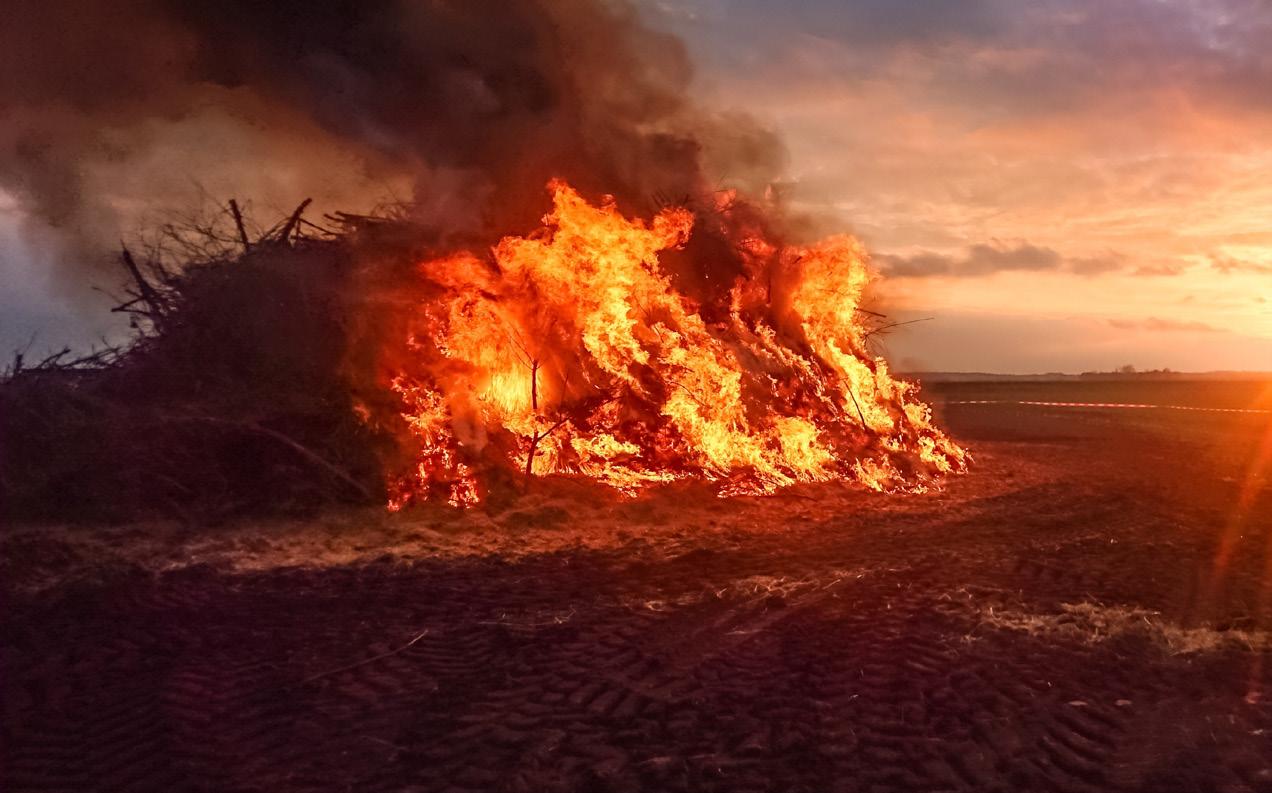

Story by SAVANNAH YOUNG Design by KAYLA ANDERSON and AUSTIN DUNSTON
Global warming is a term we hear quite often. It is brought up in politics, in the classroom and even everyday conversation. Global warming is often not given as much attention as other topics because it has been spoken about for so long, but it needs the attention. Global warming is a serious problem that is affecting our world and we are the only ones who can try and stop it.
Global warming is a term that refers to the increase in the overall temperature of the earth. This temperature increase is caused by many things, but mostly the burning of fossil fuels that release greenhouse gasses. This temperature change might not seem like much, but it is rapidly killing our planet. There are many consequences of global warming some of which include oceans becoming more acidic, higher wildlife extinction rate, dirtier air, higher death rate and more frequent and severe storms.
Global warming has skyrocketed in the past few decades. According to yale.edu the polar ice caps are melting six times faster than in the 1990s. The polar ice caps melting are causing sea levels to rise dangerously causing immense flooding to some shorelines. Another effect of the loss of polar ice caps is the habitat loss to many polar wildlife. The loss of the ice caps could also mean the permanent loss of much wildlife.
We still have time to fight against global warming. Healing our earth can start anywhere. There are many ways to start the fight against global warming. Simple ways are to invest in energy-efficient appliances, reduce water waste, and recycle. Andrew Smith, the head of the Student Environmental Action Coalition at Tennessee Technological University, spoke on how
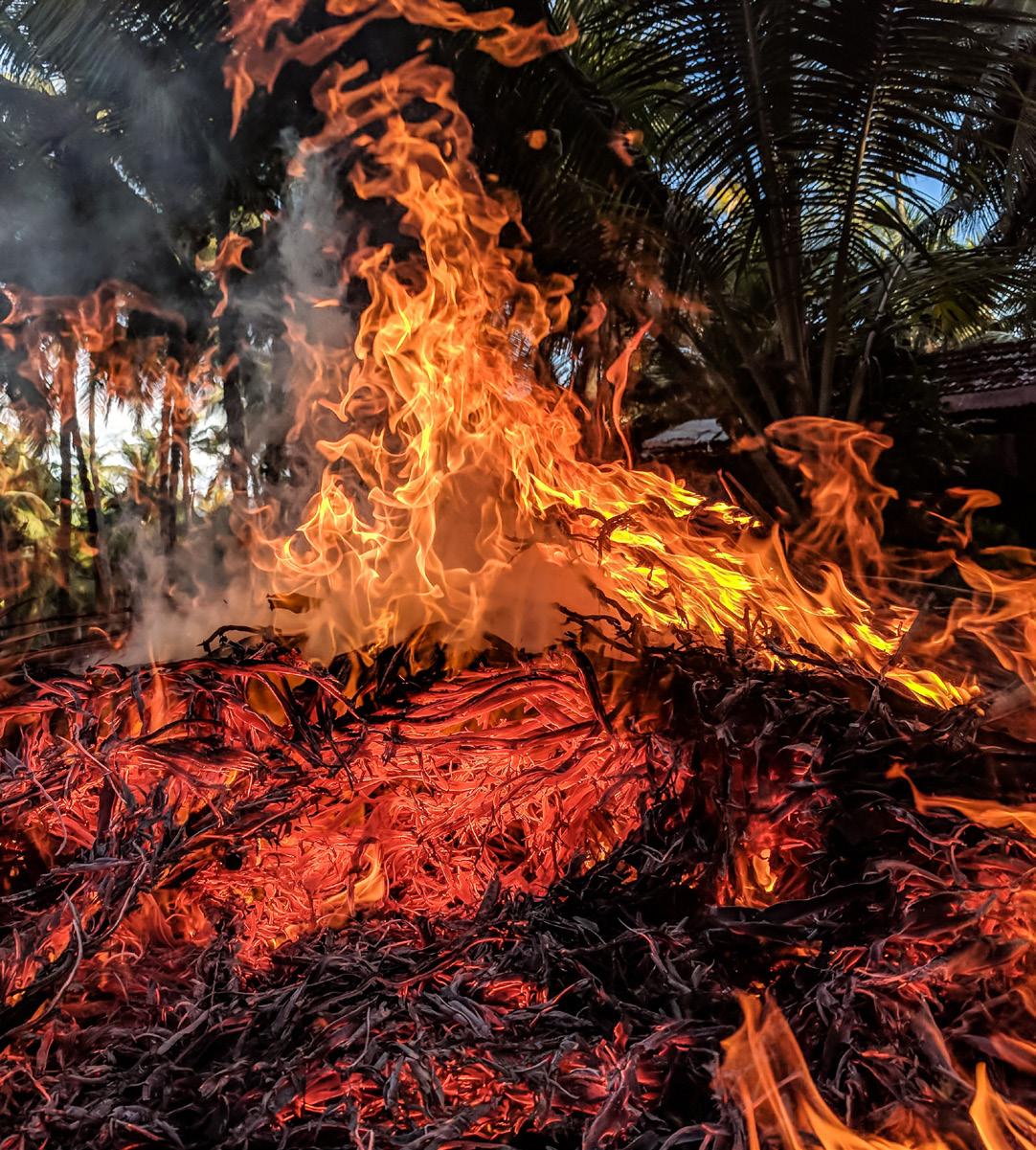

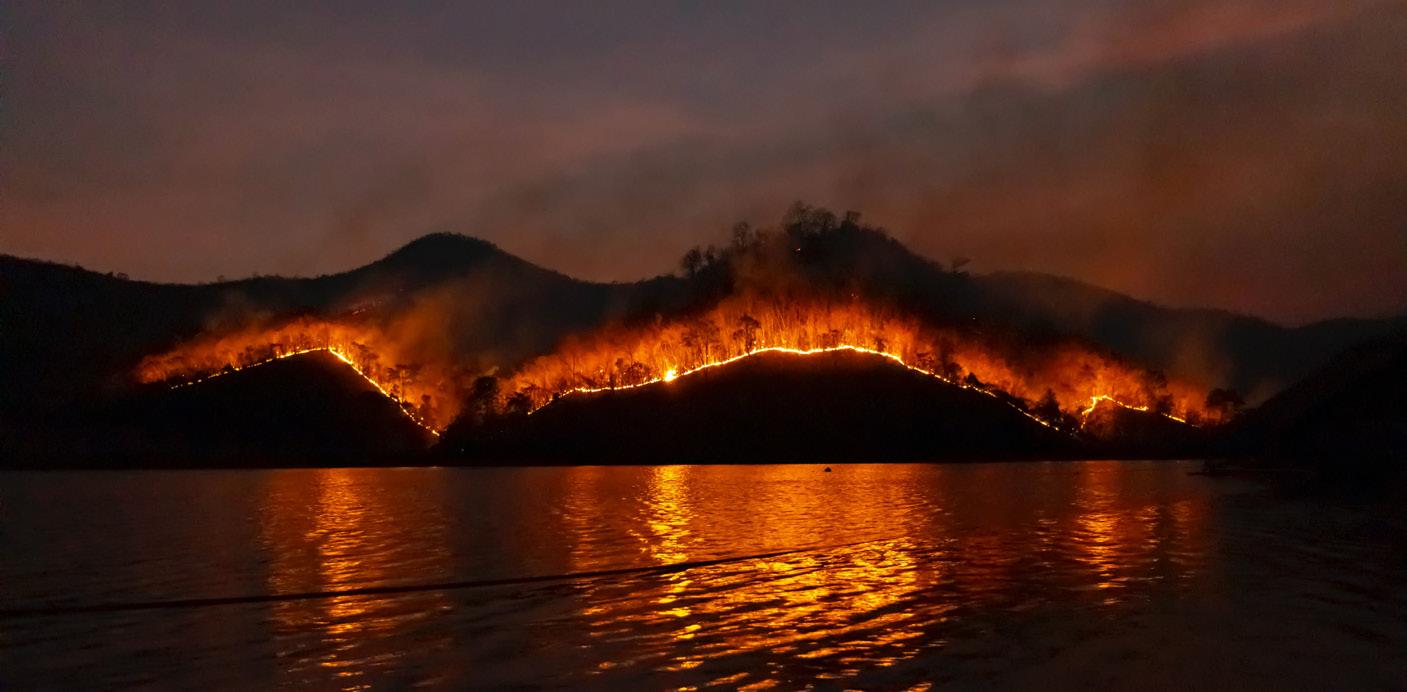
students can help combat global warming. He stated, “As students, there is an incredible amount of opportunity to fight climate change and the trend of global warming. We need professionals of all backgrounds and in all fields to collaborate and find ways to change the direction we are headed, and the first step to being a professional in your field is doing well as a student. The number one thing I tell new students wanting to get involved is to find a field you love, and then find a way to apply it to fighting climate change. This looks very different depending on what major you apply yourself to. The other way that students can get directly involved is to join a student organization that is centered on environmental responsibility. Many regularly host local clean-ups, do recycling drives and even support more direct action like holding protests and writing to local government officials. There are several on campus such as SEAC, the SCBA, the Environmental and Sustainability committee, TTU Veg, the Student Fisheries Society and others. If none of these fit your interests, start your own! Many students are looking for like-minded peers, and have not found the right fit- so your organization may be the answer.”
There is still hope to reverse the damages we as humans have done to our planet. We can take back the carbon footprint we have left. Smith also stated, “There is always hope. While there are people who care, and there is still air to breathe, there is still hope. Mother Nature is incredibly resilient, and we are doing far more damage to our own future than we are to hers. I realize that the media around the issue are extremely melancholy, but there have been many wins in this fight over the last several years. Solar in recent years has become much more effective and is much less expensive, many countries are currently in transition to become carbon neutral and more public land is being preserved and conserved than ever before. As long as people like me and you are willing to continue to put in effort to fight for our future, I fully believe we will be okay.” We have time to take action and fight for our planet. Step by step we can get closer to the end of global warming. Global Warming is a term that has been spoken on for a long time. It is a term most do not give a second glance, but it is real and happening. Global warming is rapidly melting polar ice caps and will eventually leave our earth uninhabitable, but if we join together and try to stop the release of harmful greenhouse gasses, we can put an end to global warming and save our planet.
EAGLE EYE MAGAZINE Communication/Journalism Program www.tntech.edu/communication/journalism Tennessee Technological University Campus Box 5072 Cookeville, TN 38505 commdept@tntech.edu
Fearless Falls was recently added to the landscape and named to commemorate the resilient spirit of our campus community throughout the past year of adversity.
Photo by Laura Moreno Navarro
